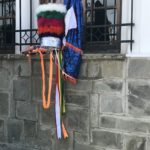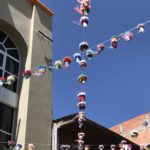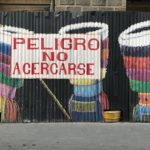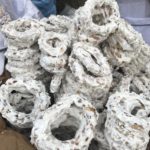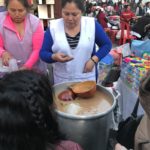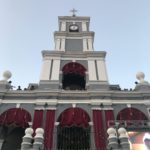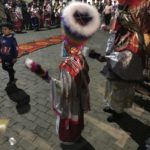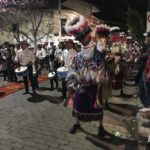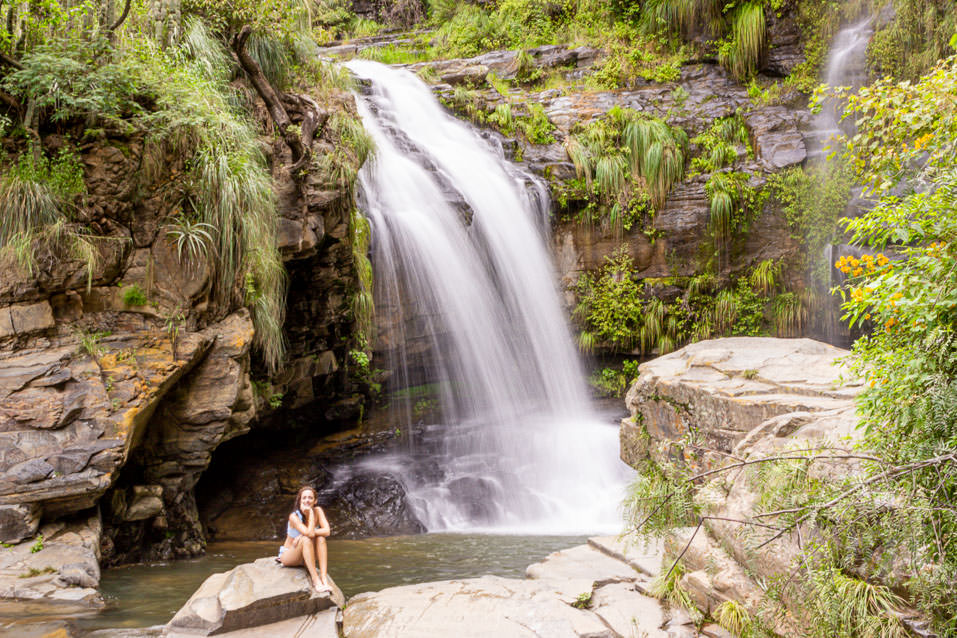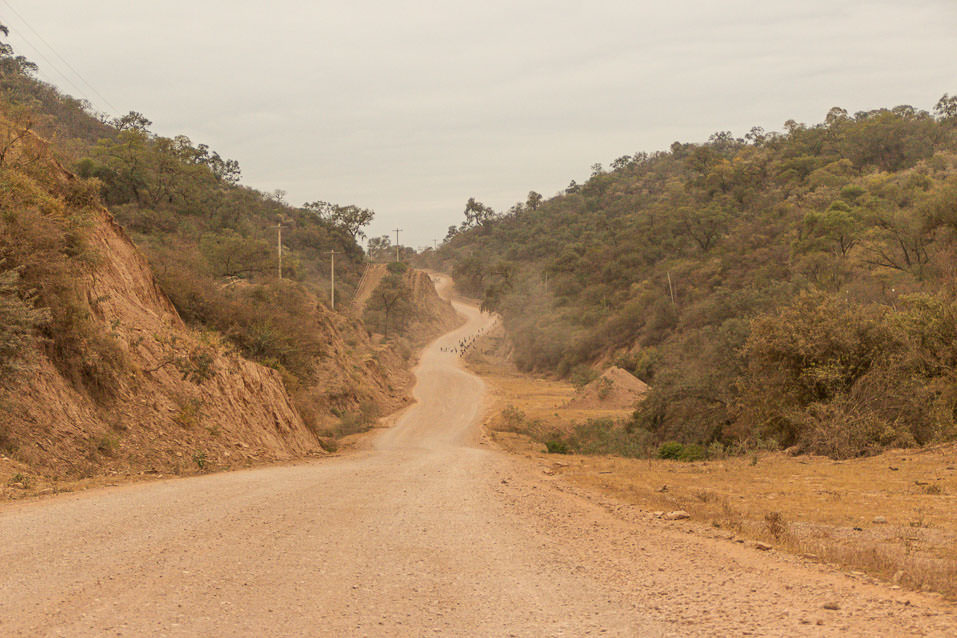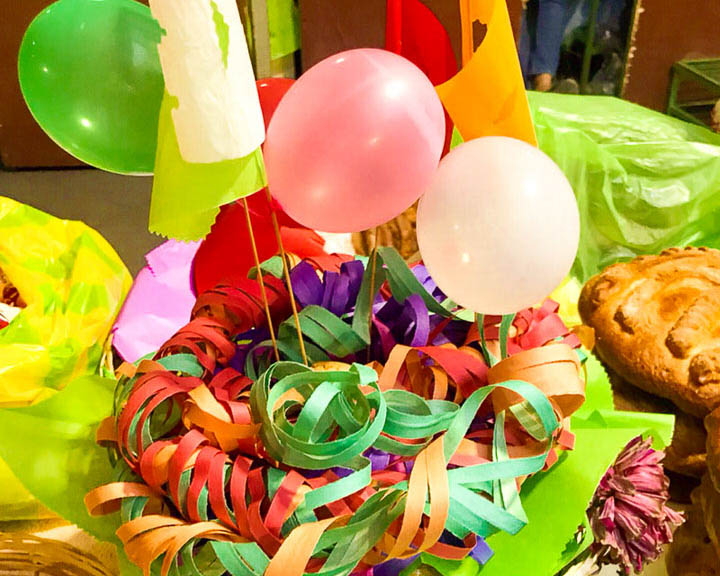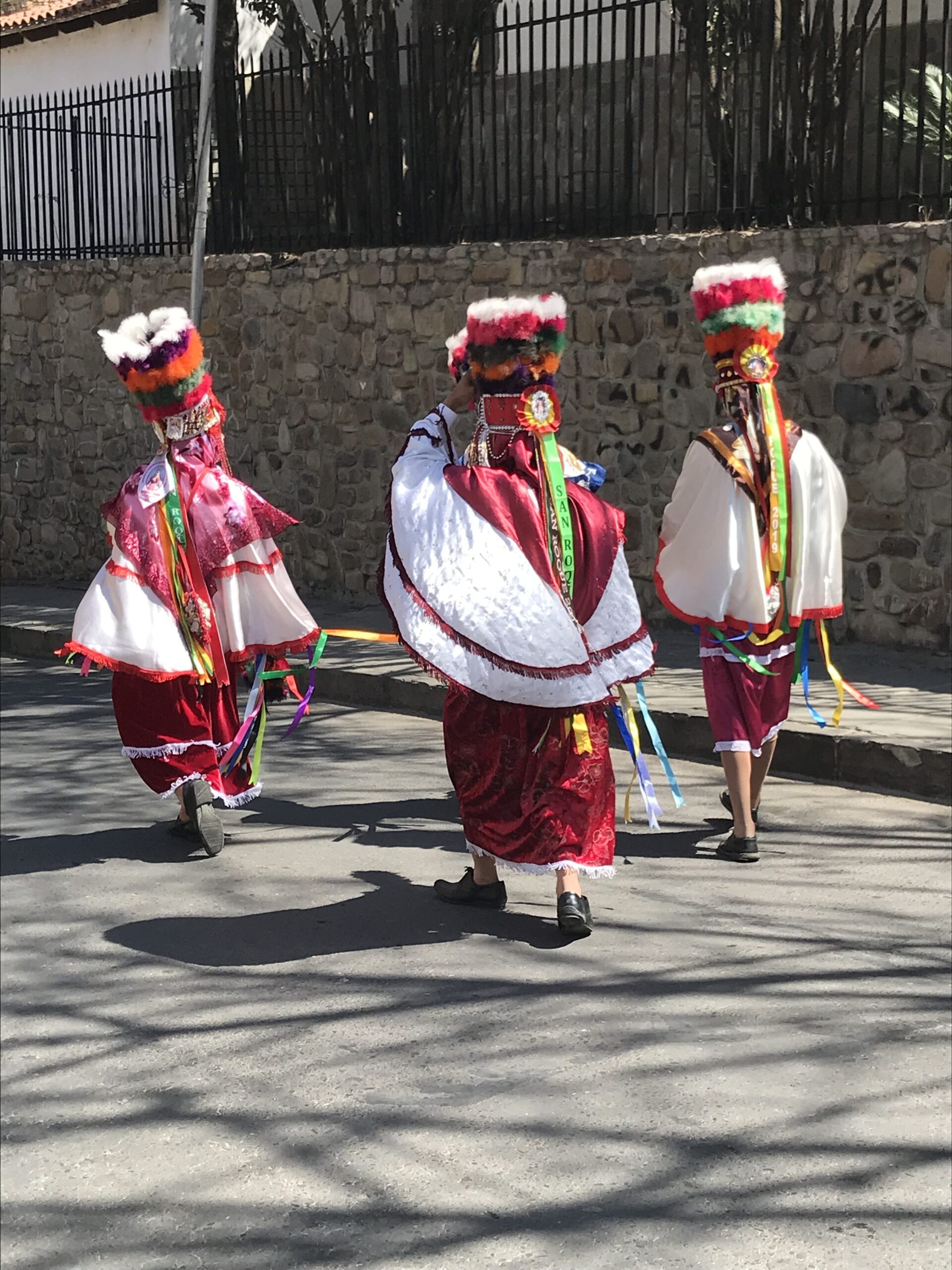
Tarija celebrates the festivity of San Roque every 16th of August. This day marks the beginning of a full month of religious activities which runs until mid-September.
Back in 1853 and 1859, the city of Tarija was devastated by a leprosy plague. A hospital for leprosy patients was then built in the community of Lazareto. As those patients went down to the city from time to time, they announced themselves with some kind of arrow made of wood and cane, producing a strident sound. The tarijeños of that time left bread and food in the street and locked themselves in their homes to avoid contact with lepers.
According to oral tradition, the appearance of San Roque supposedly ended the plague, which is why the inhabitants of Tarija feel a strong devotion to its figure.
The main celebration for San Roque begins the first Sunday of September, continuing for eight days. It features traditional musical performances including tamborcillos, quenillas and flechas, as well as a colorful Chuncho (an indigenous tribe) procession where participants wear ‘coveralls’ traditionally worn by lepers. A statue of the saint is carried, his clothes being changed daily during the festival, and believers line the streets asking him to cure their family’s ills.
- Chunchos in daylight
- Chuncho with an indigenous woman in La Loma
- Traditional chuncho clothing
- Tiny chuncho banners
- Beware of chunchos!
- Rosquetes
- Aloja de maní
- Church of San Roque
- Church of San Roque at dusk before the last procession
- Kid marching during the procession
- Chunchos during the procession
Tonight, on the last day of the festivities, over 6,000 chunchos gathered at the church of San Roque after getting around the streets of Tarija.
In terms of food, there are some typical products that cannot be missed: empanada blanqueada (white pie with lacayote), rosquetes, hojarascas and aloja de maní. I only tried the empanada blanqueada though!
Sources: Lonely Planet , Ultra magazine & my own



